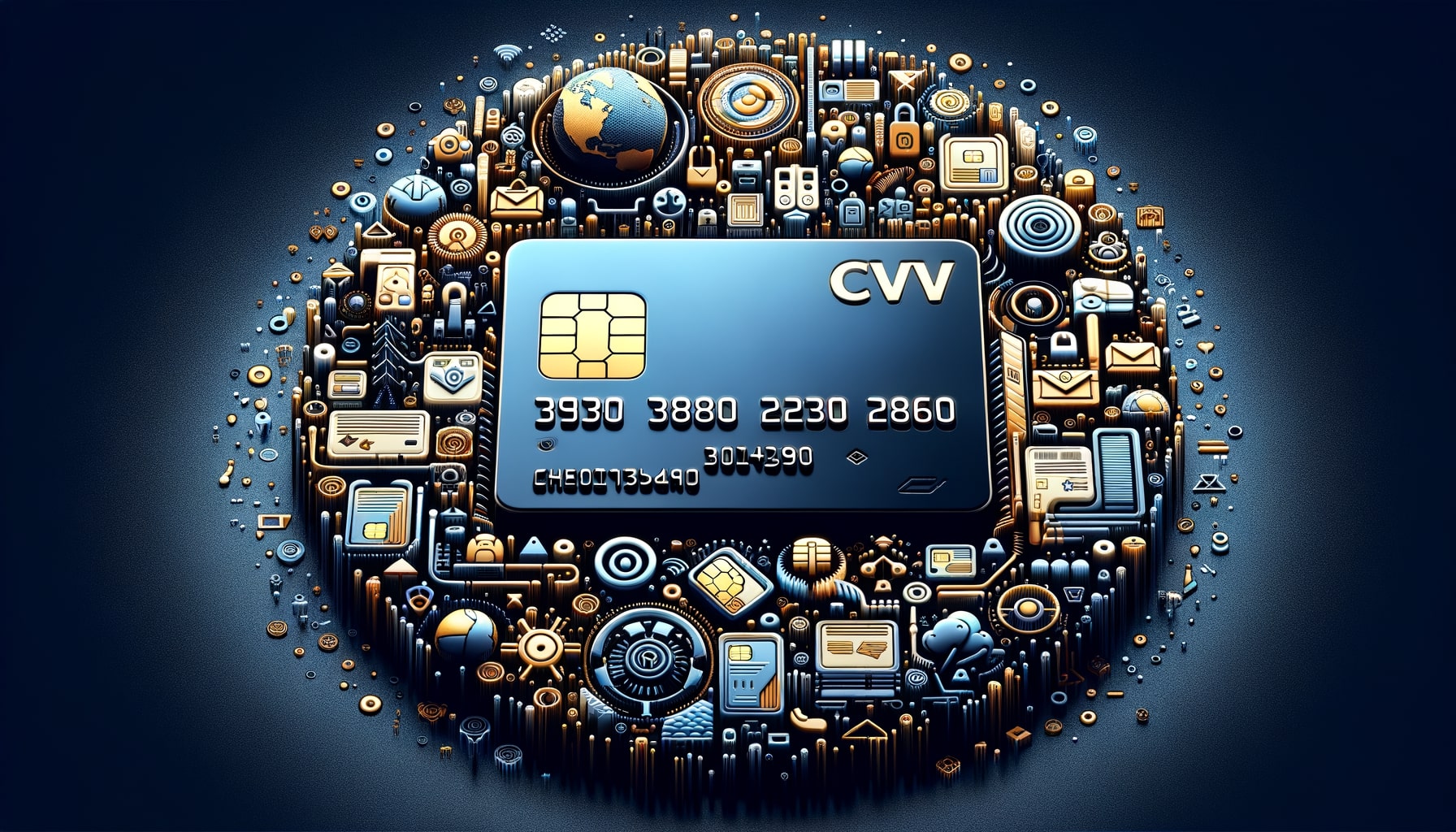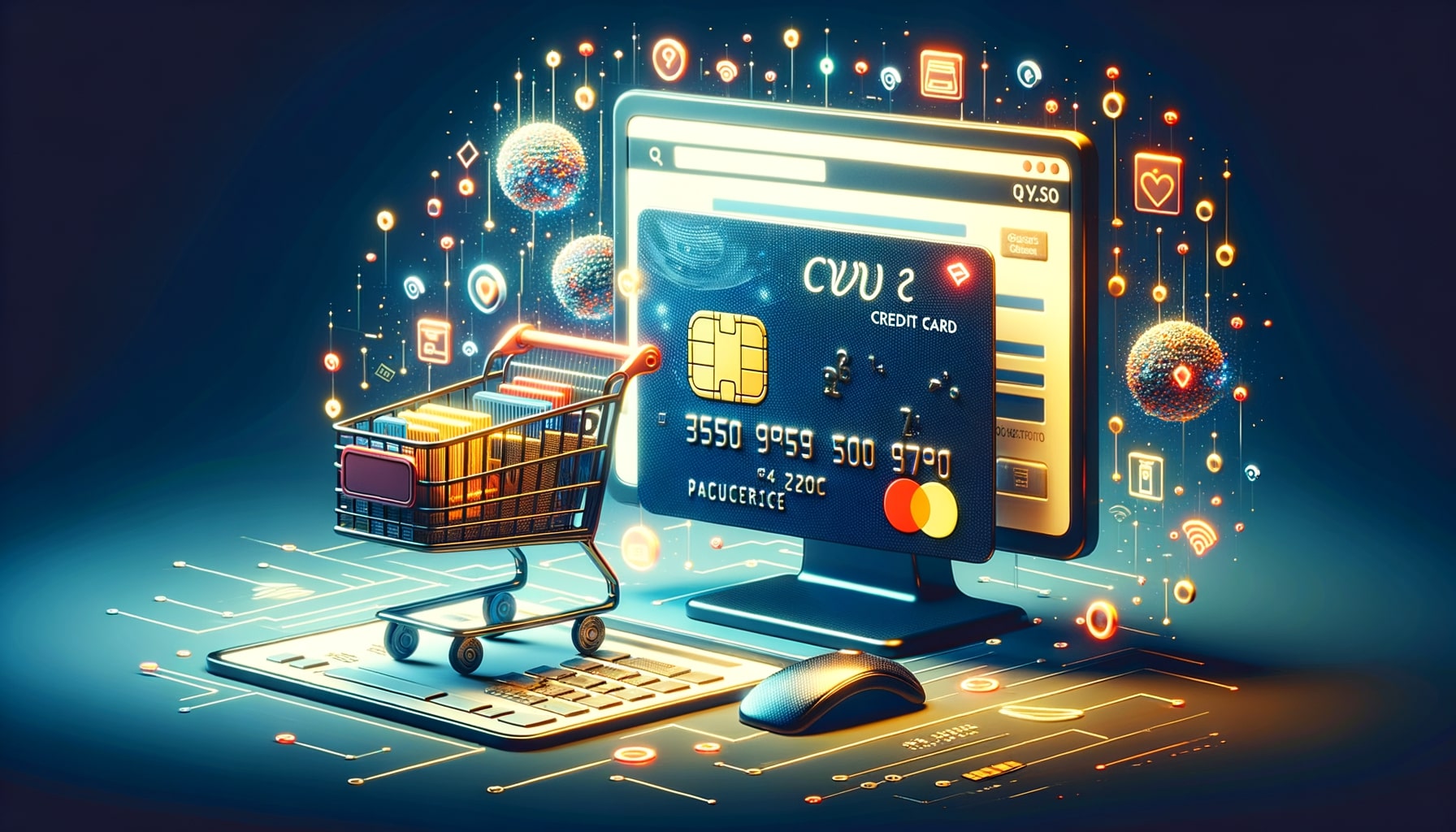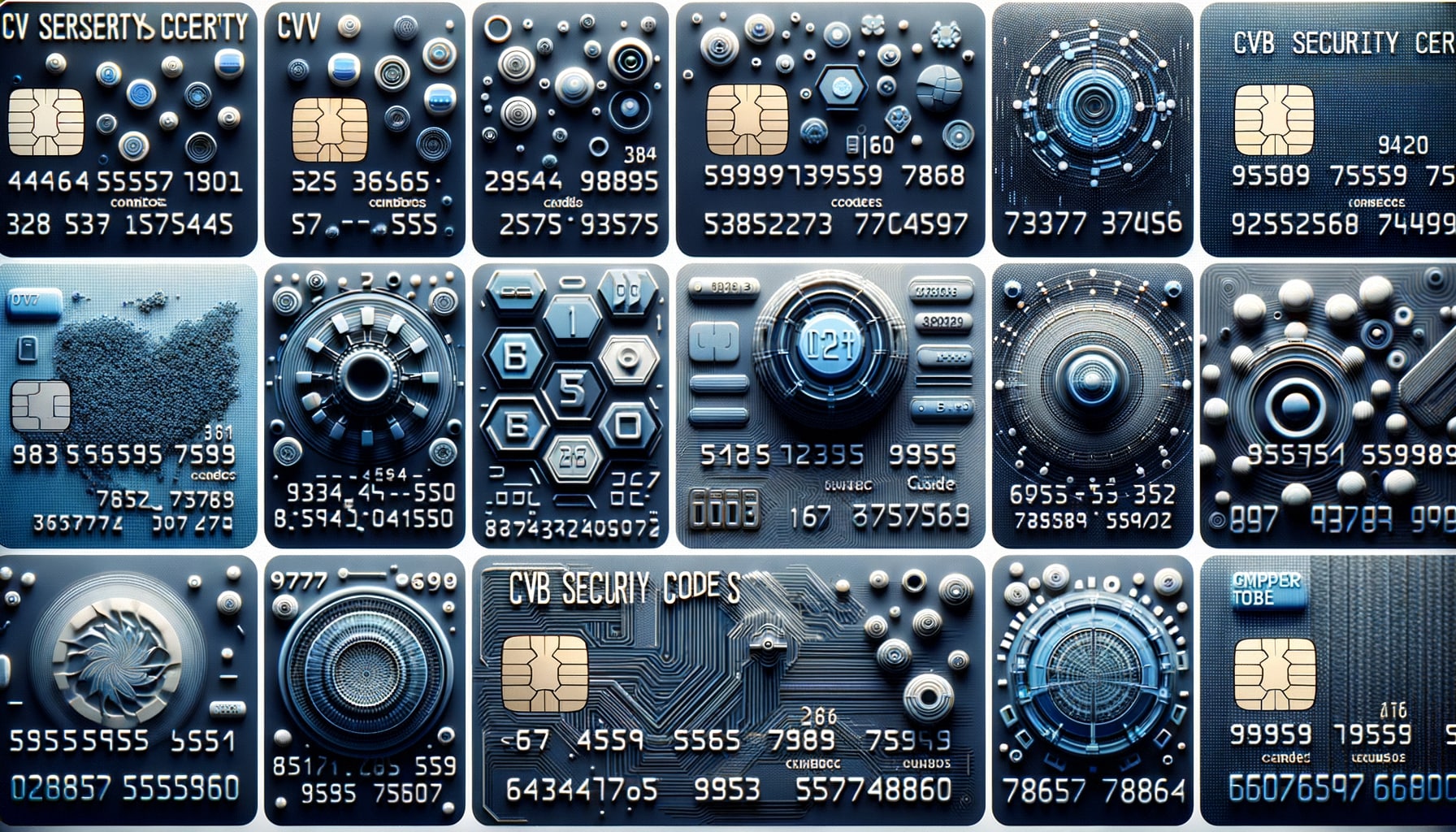
By alphacardprocess October 18, 2024
In today’s increasingly digital world, credit and debit cards are the go-to tools for making purchases and conducting financial transactions. Whether it’s shopping online or paying bills, the convenience of using cards comes with the need for added security to protect users from fraud. One critical security feature that plays a significant role in safeguarding transactions is the CVV (Card Verification Value) number. But what exactly is a CVV number, how does it work, and where can you find it?
This comprehensive guide will explain everything you need to know about CVV numbers, including their importance in protecting card-not-present (CNP) transactions, how to locate them on different cards, and why safeguarding your CVV is essential for preventing fraud. We will also explore best practices for securing your CVV code, as well as what to do if your CVV is compromised.
What is a CVV Number?
The CVV code or number, also known as Card Verification Value, is a three- or four-digit code that appears on credit and debit cards, used to enhance the security of online and phone transactions. It provides an additional layer of verification to ensure that the person making the transaction possesses the physical card. The CVV is not stored on the card’s magnetic stripe or EMV chip, making it harder for criminals to use the card fraudulently without the physical card in hand.
Why the CVV Number Was Created
The CVV was introduced to combat the rise of credit card fraud, particularly in online and phone transactions where the physical card is not present. Traditional card features, such as the account number and expiration date, could be easily stolen through phishing scams or data breaches. The CVV security code acts as a secondary verification step that ensures the cardholder has access to the physical card, helping to prevent unauthorized transactions.
Importance of CVV Numbers in Online Transactions

CVV numbers play a crucial role in ensuring the security of online transactions. They act as a deterrent to fraudsters attempting to use stolen card information for unauthorized purchases. By requiring the CVV number, online merchants can verify that the person making the transaction has the physical card in their possession, reducing the risk of fraudulent activity. Additionally, CVV codes provide an extra layer of security for cardholders, giving them peace of mind when conducting online transactions.
How to Find the CVV Number on Different Payment Cards
The location of the CVV number varies depending on the type of payment card. Here is a breakdown of where you can find the CVV number on different payment cards:
- Visa and Mastercard: On Visa and Mastercard credit and debit cards, the CVV number is a three-digit number located on the back of the card, usually in the signature panel. It is typically printed after the last four digits of the card number.
- American Express: American Express cards have a four-digit CVV number, which is printed on the front of the card, above the cardholder’s account number. Unlike Visa and Mastercard, the CVV number on American Express cards is not embossed but rather printed flat on the card.
- Discover: Discover cards also have a three-digit CVV number, which is located on the back of the card, in the signature panel, similar to Visa and Mastercard.
Understanding the Different Types of CVV Numbers

CVV numbers can be categorized into two types: CVV1 and CVV2. Let’s explore each type in detail:
- CVV1: CVV1 is encoded in the magnetic stripe of the card and is used for in-person transactions where the card is physically swiped or inserted into a card reader. It is not visible on the card and cannot be obtained through online transactions.
- CVV2: CVV2 is the three or four-digit number printed on the card and is used for online or over-the-phone transactions. It provides an additional layer of security by verifying that the person making the transaction has the physical card in their possession.
How Does the CVV Number Protect You?
The Role of CVV in Securing Transactions
The primary function of the CVV is to provide an added layer of security for card-not-present (CNP) transactions, such as those done online or over the phone. In these types of transactions, the seller cannot physically inspect the card, so they require additional verification to ensure the cardholder is making the purchase. Entering the CVV number during the transaction confirms that the person has the physical card in their possession.
Preventing Unauthorized Use
If a fraudster manages to steal your card number but doesn’t have access to the CVV, they will be unable to complete most online transactions, as the CVV is required to validate the purchase. This means that even if your card number is compromised in a data breach or phishing scam, the CVV can still help protect against unauthorized use.
Why CVV is Not Stored
To further enhance security, merchants and payment processors are prohibited from storing CVV codes once a transaction has been processed. This regulation, part of the Payment Card Industry Data Security Standard (PCI DSS), prevents the CVV from being accessed by hackers even if a retailer’s database is compromised.
The Limits of CVV Protection
While the CVV number offers additional security, it is not foolproof. Some criminals use sophisticated methods, such as phishing scams, to trick cardholders into revealing their CVV numbers. In other cases, hackers may create fake websites that ask for CVV numbers to steal them. Therefore, safeguarding your CVV and using other protective measures like two-factor authentication (2FA) is essential.
Tips for Keeping Your CVV Number Secure
As CVV numbers are crucial for the security of online transactions, it is essential to keep them secure. Here are some tips to help you protect your CVV number:
- Memorize your CVV code: Avoid writing down your CVV number or storing it in digital formats. Instead, try to memorize it to reduce the risk of it falling into the wrong hands.
- Never share your CVV code: Be cautious of anyone asking for your CVV number, whether it’s over the phone, email, or through suspicious websites. Legitimate organizations will never ask for your CVV code, as it is meant to be kept confidential.
- Use secure websites: When making online transactions, ensure that you are using secure websites with HTTPS encryption. Look for the padlock symbol in the address bar to verify the website’s security.
- Be cautious of phishing attempts: Cybercriminals often use phishing techniques to trick individuals into revealing their CVV numbers. Be wary of emails or messages asking for your CVV security code and avoid clicking on suspicious links.
- Regularly monitor your transactions: Keep a close eye on your credit and debit card statements to identify any unauthorized transactions. If you notice any suspicious activity, report it to your card issuer immediately.
Frequently Asked Questions about CVV Numbers
Q.1: What is the purpose of a CVV number?
The purpose of a CVV number is to provide an additional layer of security for online transactions. It helps verify that the person making the transaction has physical possession of the card.
Q.2: Can someone steal my money with just my CVV number?
While having the CVV number alone is not sufficient to steal money, it can be used in combination with other card details to make unauthorized purchases. It is crucial to keep your CVV number secure to prevent such incidents.
Q.3: Can I change my CVV number?
CVV numbers are not changeable, as they are assigned to each card during the manufacturing process. If you suspect that your CVV number has been compromised, contact your card issuer to report the issue and request a new card.
Q.4: Is it safe to provide my CVV number to online merchants?
Providing your CVV number to reputable online merchants is generally safe. However, it is essential to ensure that you are using secure websites and trusted merchants to minimize the risk of your information being compromised.
Q.6: Can I use my CVV number for all online transactions?
Yes, your CVV number can be used for all online transactions that require card verification. However, it is crucial to exercise caution and only provide your CVV number on secure websites.
Q.7: Can I use my card without the CVV number?
For in-person transactions, the CVV is not required. However, most online merchants will require the CVV to complete a transaction, as it adds an extra layer of security.
Q.8: What should I do if I lose my card and don’t know the CVV?
Contact your card issuer immediately to report the loss and have the card canceled. The issuer will provide you with a replacement card that includes a new CVV number.
Conclusion
In conclusion, CVV numbers are an integral part of online transactions, providing an additional layer of security to verify the authenticity of the cardholder. Understanding what CVV numbers are, their importance in online transactions, how to find them on different payment cards, and tips for keeping them secure is crucial in safeguarding our financial information. By following best practices and being vigilant, we can ensure the security of our online transactions and protect ourselves from potential fraud.